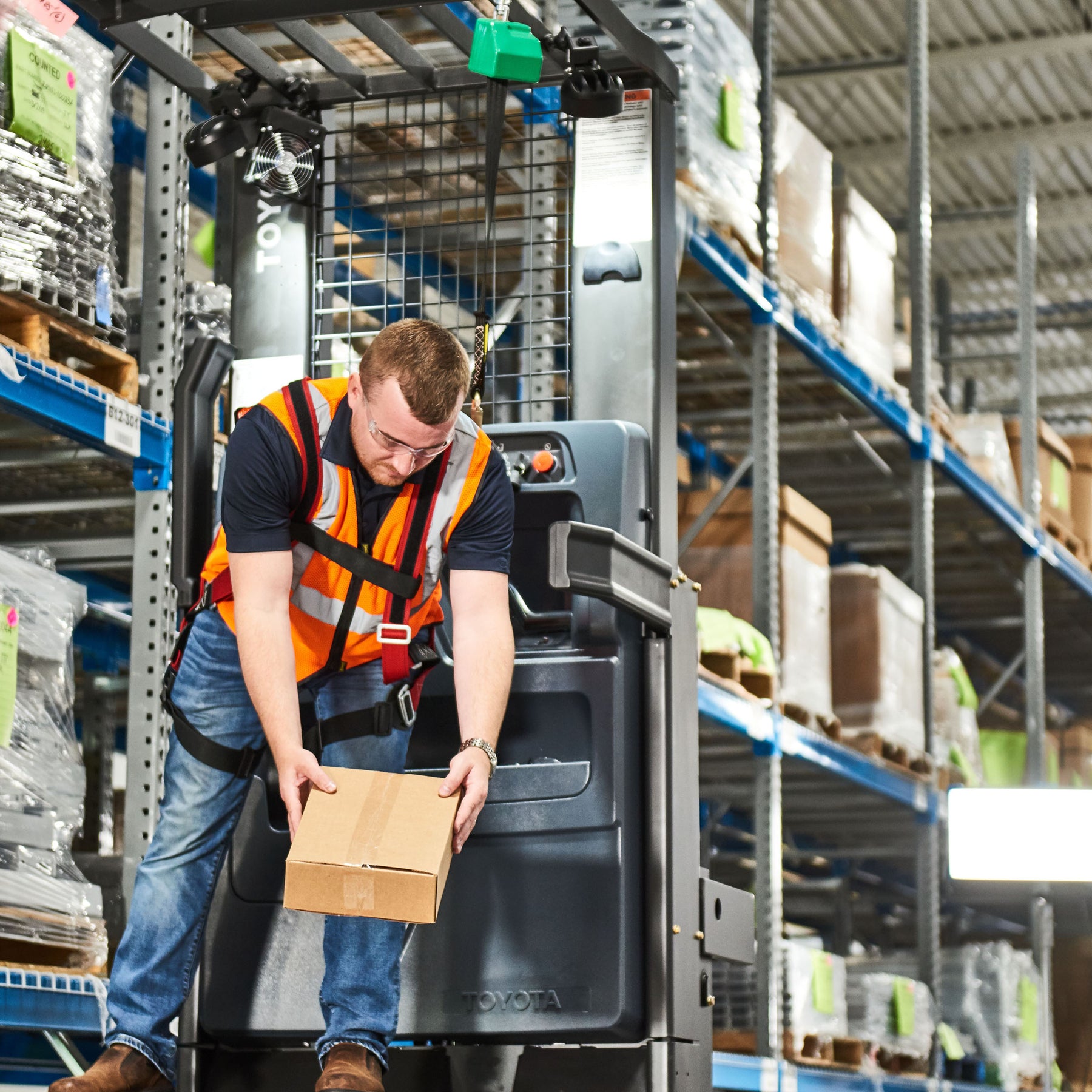
Safety Strategies: How to Encourage Employees to Take Ownership of Safety
There are plenty of comprehensive steps you can take to keep your employees safe in the workplace. You can install handrails, invest in quality equipment, require comprehensive training and post warnings and policy reminders on every surface. But at the end of the day, your actions can only go so far; at some point, employees need to start taking personal responsibility for their own safety and the safety of those around them. So how can you encourage your teams to pick up where company efforts leave off? How can you make sure that even when your policies and actions aren’t protecting them, they still have the knowledge and wherewithal to prevent accidents and take initiative on their own? Here are a few ways to encourage ownership and responsibility in the workplace.
Enforce existing rules.
When you see an employee—especially a manager—walking through a hard hat zone without a hard hat on, don’t ignore this. Send them out, and don’t stop there. Issue a clear warning, followed by a penalty after the next offense. Show respect for your own rules and employees will respect them as well.
Encourage example-setting.
Let your employees know it’s their job to set an example for newer and younger workers. Leadership comes with both privileges and responsibilities. Make sure all employees feel like leaders.
Make your priorities clear.
There should never be any doubt in anyone’s mind that in your workplace, safety comes first. No employee should have to spend even one second contemplating a decision between safety and efficiency, between safety and profits, between safety and deadlines, or between safety and approval or disapproval from a boss. The message should be infused within the very air and water of the workplace; if you have to choose between the two, it’s not a choice.
Make information accessible.
Even if the right choice is clear, employees may not have all the information available to put the right choice into action. For example, if an employee spots a frayed wire on a lift truck mast, the right choice may be clear: Take the truck out of circulation and report the problem. But who should receive the report? And where can a replacement truck be obtained? These answers should readily available at all times.
Praise acts of ownership.
Every time an employee makes an independent decision or exercises critical thinking in the interest of safety, no matter the outcome, the employee should be praised and rewarded. If she takes a risk, shuts down a machine or cancels a project because of safety concerns, make sure her decision is upheld and celebrated.


Leave a comment